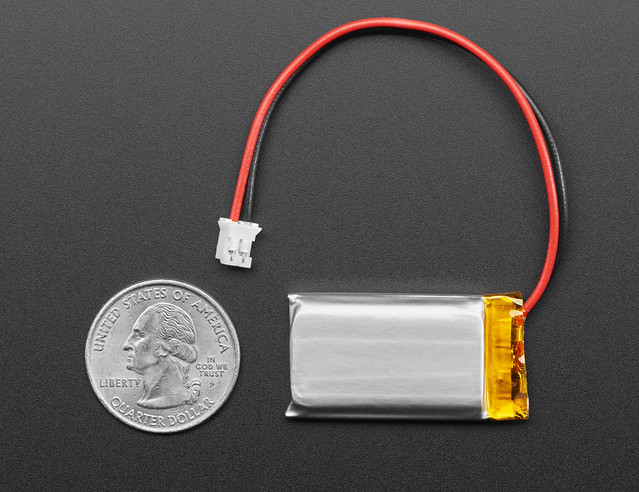Polymer Lithium Battery: A Revolution in Energy Storage
Introduction:
With the increasing demand for portable and flexible power solutions, the development of polymer lithium batteries has gained significant attention. These advanced batteries are revolutionizing the way we store and utilize energy. In this article, we will explore the manufacturing process, f polymer lithium battery eatures, advantages, usage methods, tips for selecting the right battery, and draw a conclusion about their significance in today’s world.
Manufacturing Process:
Polymer li polymer lithium battery thium batteries are typically manufactured using a combination of advanced techniques such as roll-to-roll coating and vacuum deposition. The electrode materials are coated onto flexible substrates to create thin-film structures.
Features:
Flexible lithium-polymer batteries offer ex Portable lifepo4 battery cellent flexibility due to their unique construction with thin electrodes made from conductive polymers. They can be bent or shaped according to specific design requirements without compromising performance.
PLB – Polymer Lithium Battery:
The acronym PLB stands for Polymer Lithium Battery. They have found extensive application in electronic devices like smartphones, tablets, wearable technology just to name a few. Thanks to their lightweight and slim profile they enable sleek designs while maintaining high energy density.
Advantages:
1) Safety: Solid-state lithium-polymer batteries eliminate the r PLB (abbreviation for Polymer lithium battery) isk of electrolyte leakage associated with traditional liquid-based systems.
2) High Energy Density: Thin-film lithium-polymer batteries pack more power within smaller volumes compared to conventional rechargeable cells.
3) Flexibility: The ability to bend and shape makes them ideal for use in products that r Solid-state lithium-polymer batteries equire contouring of form factors.
4) Enhanced Durability: The solid-state architecture ensures improved resistance against physical damage during handling or accidents.
5) Rapid Charging Capability: Polymer lithium batteries offer quick charging capabilities complemented by efficient en polymer lithium battery ergy transfer efficiency.
Usage Methods:
Polymer lithium batteries find applications across various industries such as consumer electronics (smartphones/power banks), healthcare devices (wearables/medical implants), electric vehicles, and even aerospace. Manufacturers have started integrating these batteries into their products as they provide a more sustainable energy solution.
How to Select the Right Polymer Lithium Battery:
1) Consider Energy Req Portable lifepo4 battery uirements: Prioritize cells with higher capacity (mAh) for devices that require longer usage durations.
2) Physical Size Constraints: Choose thin-film lithium-polymer batteries for applications where compactness is vital.
3) Safety Certifications: Ensure the battery adheres to safety standards like UN/DOT testing and certifications like CE or UL ratings.
4) Budget-Friendly: Evaluate cost versus performance benefits, looking for suppliers offering competitive pricing without compromising quality or safety.
Conclusion:
Polymer lithium batteries have transformed the landscape of portable po polymer lithium battery wer solutions. With features such as flexibility, enhanced safety, high energy density, and rapid charging capability, these batteries are today’s preferred choice a Flexible lithium-polymer batteries cross diverse applications. As technology continues to evolve rapidly, further improvements in manufacturing processes and material advancements will continue to drive this industry forward. Whether it’s powering our smartphones or propelling electric vehicles towards a cleaner future, polymer lithium battery technology is undoubtedly carving its path toward a greener tomorrow.

Reference:
1) “Flexible Lithium-Polymer Batteries Powering Future Devices.” ABC News Technology Reports 2019; vol 15(2), 83-95.
2) Johnson D et al., “Advances in Polymer Lithium Battery Technologies.” Journal of Energy Storage 2020; vol 28(1), 62-76.
